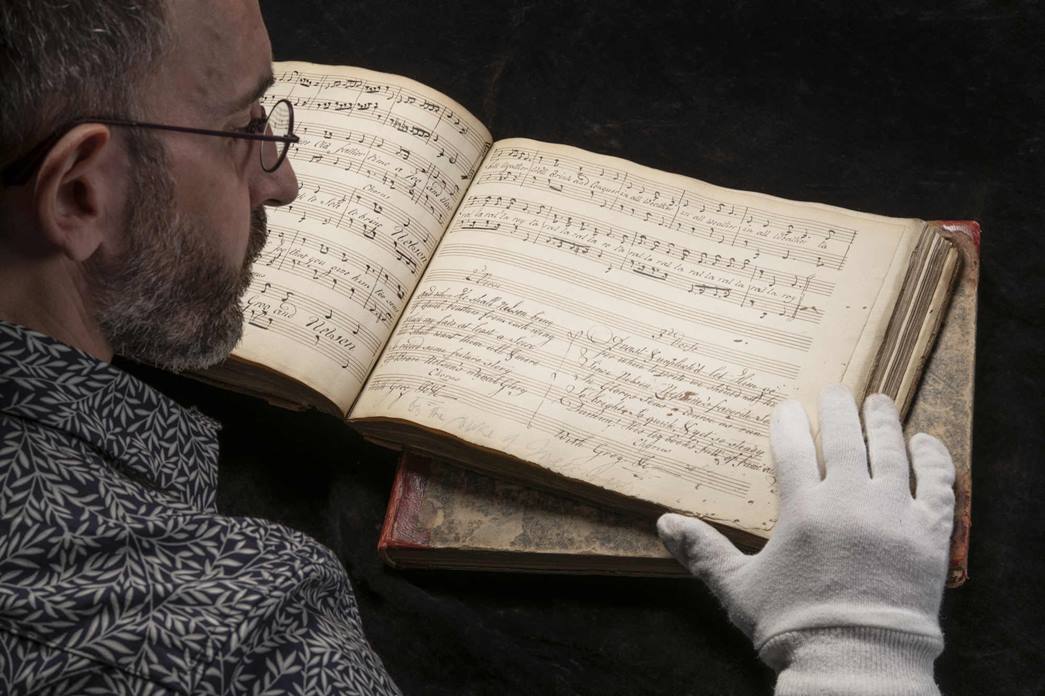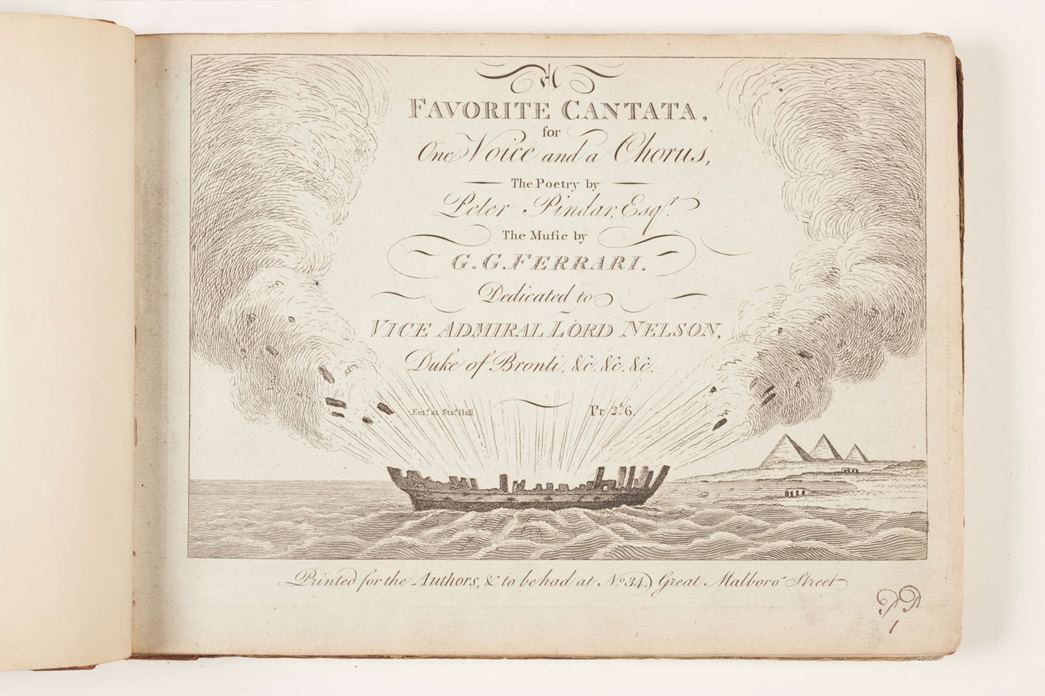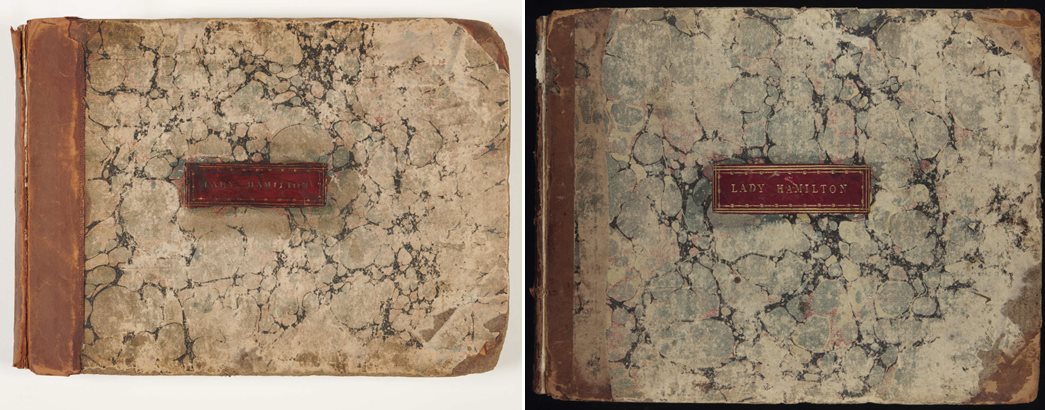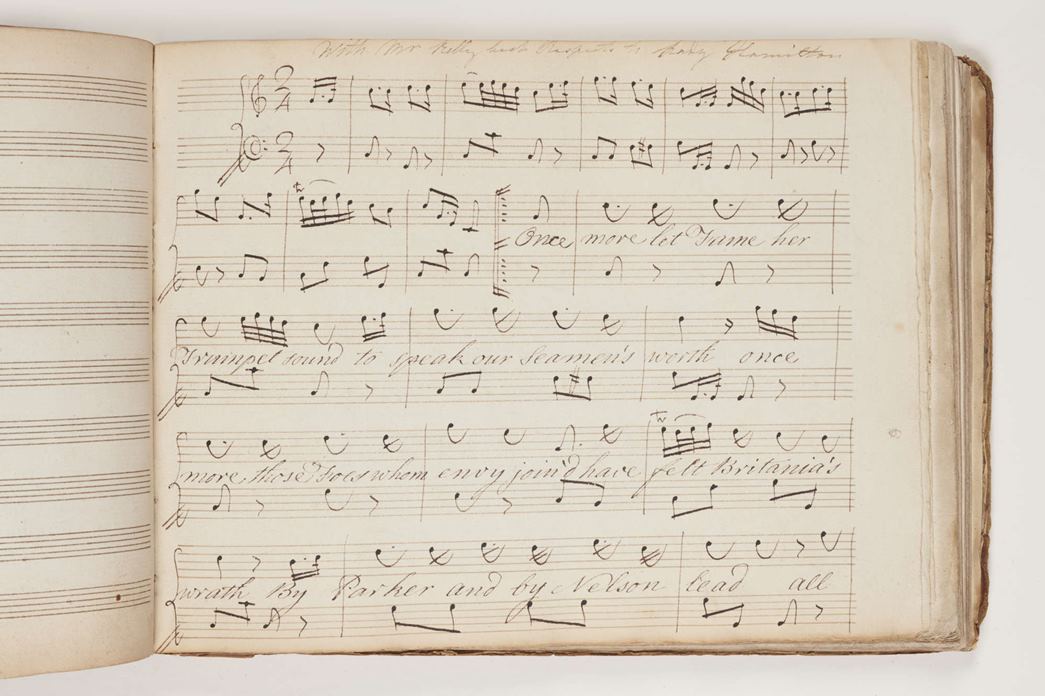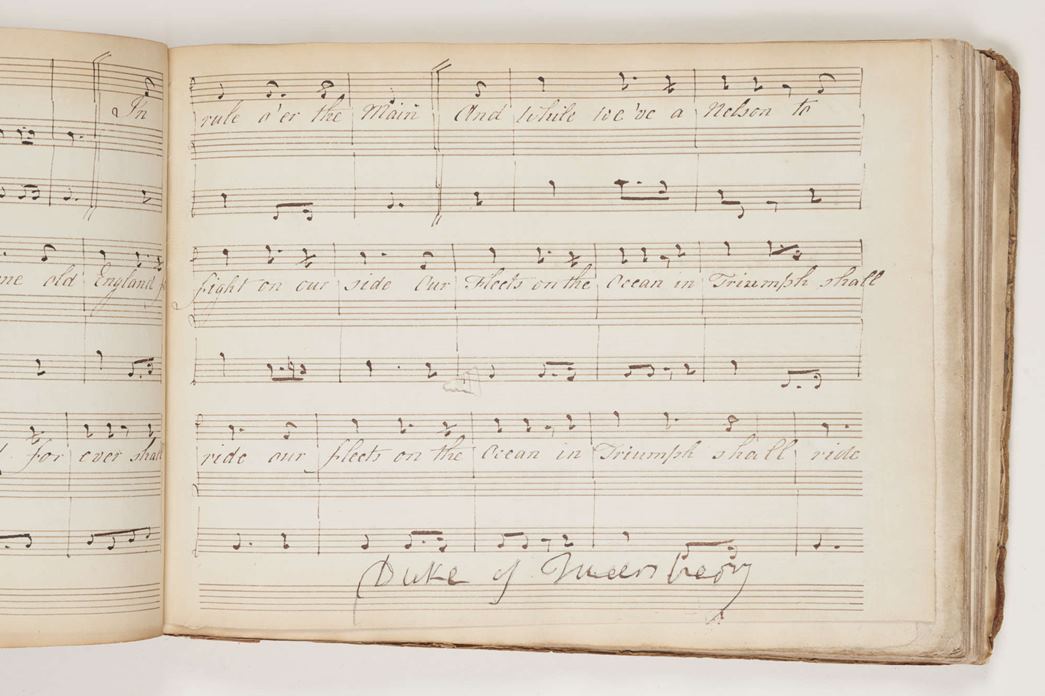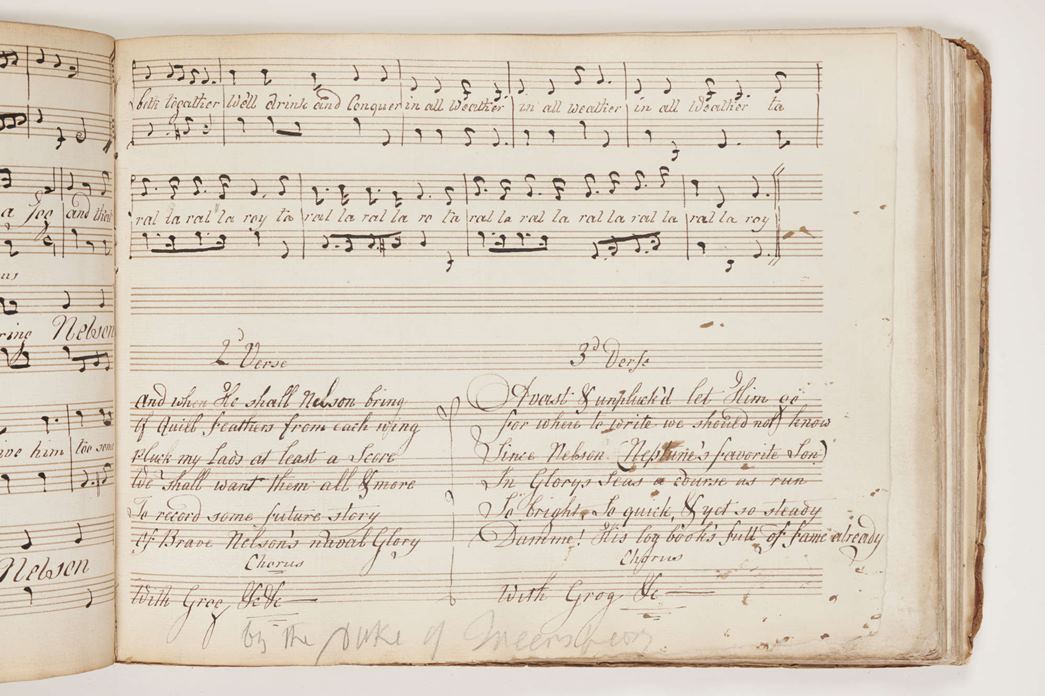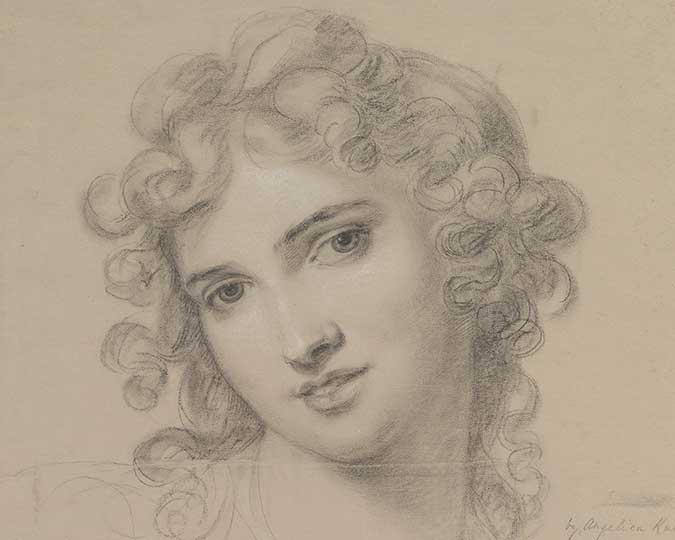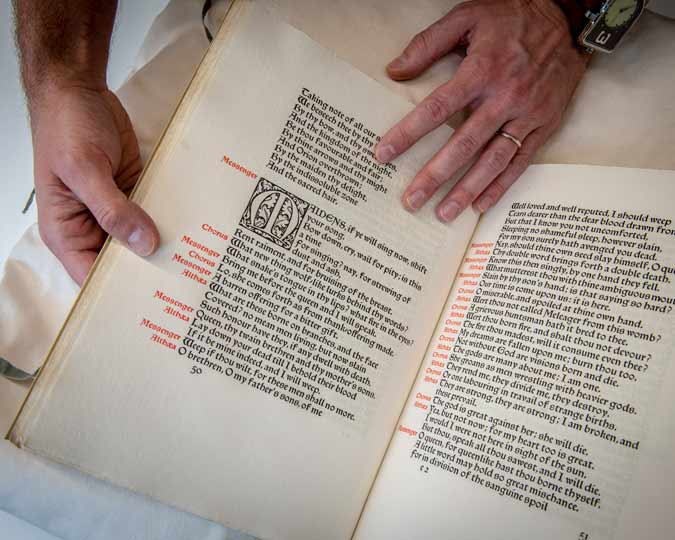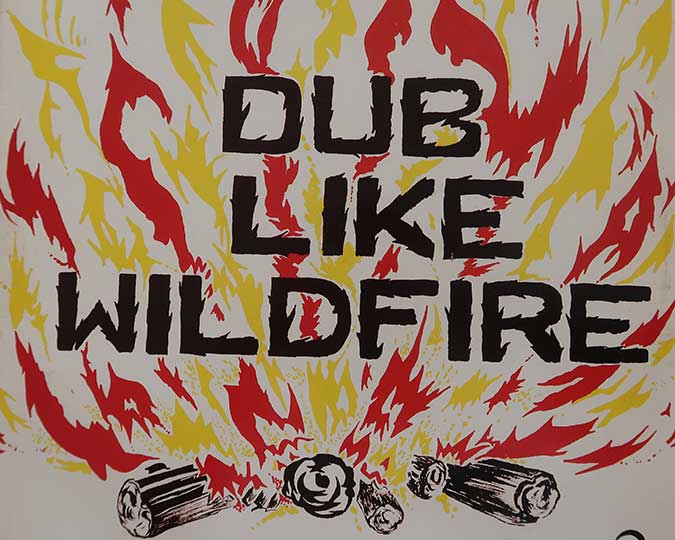Within the sheets of three music books in the Museum of London’s library, previously owned by Lady Emma Hamilton, lay several unknown songs dedicated to her lover Lord Nelson’s naval victories. Here’s a peek at the books, their story and the connections they establish across multiple institutions.
From the pages of Britain’s history, model and actress Emma Hamilton and her lover the legendary Vice-Admiral Horatio Nelson hardly ever fail to pique interest. So, when the Museum of London discovered — among the books once owned by Emma — songs that were little known or even unrecorded(!) dedicated to Nelson, there was much excitement.
The museum’s library collection has three music books previously owned by Emma Hamilton (1765–1815). One volume is the score for 18th-century music composer Joseph Haydn’s masterpiece The Creation. The others contain over 20 music scores collected during her life. It’s among these that several scores — one sea shanty, another cantata and two hymns — dedicated to Lord Nelson’s naval victories at Cape St. Vincent (1797), Aboukir Bay (aka Battle of the Nile, 1798) and Copenhagen (1801), and which lay hidden from public knowledge for over 200 years. Each piece was written by a personal friend of Emma and it is likely that each gave their scores to her as a gift.
The scores include a completely unknown piece written by William Douglas, fourth Duke of Queensberry, a landowner and society figure whose gambling, immense wealth and horse racing exploits have overshadowed his musical skills…until now! There is also a sea shanty tribute to Nelson, whose lyrics were in a letter from him to William Douglas, which was sold at an auction in 2013. The new discovery shows that the Duke added music and a chorus to words transcribed by Nelson after he heard his crew chant the song in the aftermath of victory at Cape St. Vincent. William Douglas’s authorship of the score is recorded in Emma’s own hand.
The third is a piece written by composer Michael Kelly in April 1801, within hours of the news of Britain’s victory over the Danish fleet reaching London. Its performance at the Theatre Royal Drury Lane was reported by the press of the time, although with conflicting reports about its score. It includes the lyrics: “…By Parker and by Nelson led, all opposition’s vain, at Copenhagen’s gates, our tars have crush’d the haughty Dane…”.
The fourth is an 1805 cantata by Italian composer G.G. Ferrari, with lyrics by the poet Peter Pindar. Commissioned by Emma Hamilton, the piece celebrates Nelson’s victory at Aboukir Bay (1798). While printed and made available commercially in London, few copies of this score seem to have survived. The lyrics include: “…Yet who alas can blame the Lyre, that pours a sound… to Britons dear? … the song shall future heroes fire, and bid them kindle as they hear, through dangers seek the wreath of fame, and bleed to gain a Nelson’s name…”.
A collection of greats
While these four scores might have just come into the spotlight, these books include a mixture of styles of music and composers, with some reappearing names such as Italian musicians Ferrari, G. Millico, N. Signorile and D. Cimarosa, Irish tenor M. Kelly, French composer A. Rosselli, among others.
Hamilton developed her performance skills early in life, but it was in Italy where she was exposed to a formal education; her music lessons in Naples are very well recorded in her biographies. Even before marrying her, Sir William was keen on offering her an education (“manners, language and musick [sic]”), so he employed respectable teachers such as Signor Gallucci, who taught the soon-to-be Lady Hamilton music three times a day. Her other renowned teachers were Angelo Diopioli, Giuseppe Aprile and Giuseppe Millico (for singing) and Fedele Fenaroli (keyboard accompaniment). Italian household names such as D. Cimarosa, Giovanni Paisiello and Pietro Alessandro Guglielmi had her singing their newest works.
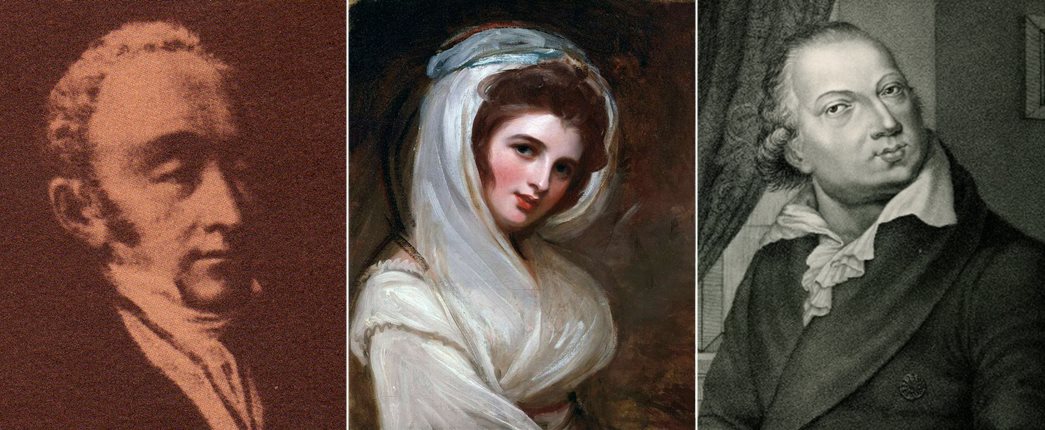
Emma Hamilton's (centre, portrait by George Romney) songbooks have works of well-known composers G.G. Ferrari (left) and Domenico Cimarosa, etc. (Courtesy: Wikimedia Commons, National Portrait Gallery and Wikimedia Commons)
No doubt that the earliest pieces in her library would have been collected during her musical training in Italy, the scores being used during her lessons, practices and numerous performances. Hamilton’s skills were soon broadly recognised, often performing for local personalities and foreign visitors. By the time Emma Hart became Lady Hamilton (1791), popular magazines were praising “her elegant accomplishments and great musical abilities”, now famous all around Europe.
On closer inspection
The music books at the Museum of London (MoL) library are just three of the many surviving books associated with Emma Hamilton. The Beinecke Rare Book and Manuscript Library at Yale University (New Haven, US) has 18 volumes; the National Maritime Museum (NMM) in Greenwich has two.
These surviving albums have numerous aspects in common. For one, there is a duplication of scores, as the same edition of Ferrari’s Capi d’opera appears in both an MoL and a Yale volume, as does Johann Baptist Wanhal’s Die grosse Seeschlacht bei Abukir. Joseph Haydn’s Arianna a Naxos appears in manuscript form at Yale, and in print at the MoL.
In the MoL and Yale volumes, a large percentage of the scores are in Italian and by Italian composers, especially among the manuscript volumes. While the volumes at the NMM mostly consist of music in English and by English composers.
Another interesting fact is the binding of the books. Where the original binding has survived, it is very similar across the volumes. The covers are made with marbled paper, the spine and corners are covered with a piece of red Morocco leather — in some cases damaged or completely lost. Several albums have a name label in the same material, with gilded patterns around the edge and ’Lady Hamilton’ embossed in the centre. A close inspection of the name labels in one of Yale’s volumes and MoL’s volumes strongly suggests they were made by the same workshop.
However, the albums also have enough differences to indicate that they were not bound as a lot. Some of the volumes are dated (Yale’s volume 4, 1801), some have inscriptions, or refer to specific historical events that place them after a specific date (i.e., Nelson’s battles in 1798 and 1801). Some have the production place recorded in the title page (i.e., Naples). Several confirm that the pages were trimmed during binding, unfortunately cutting the inscriptions on the top margins during the process.
The two volumes at the NMM seem to have been rebound more recently (late 20th century), making them a direct copy of the original, faithfully reproduced.
The binders mostly grouped scores in bundles of either manuscript or printed music. This seems to be the case for the volumes at Yale and the National Maritime Museum. One of the MoL volumes, however, consists of two printed and 10 handwritten manuscript scores. Besides the medium and format, no other strong factor seems to be considered when deciding what to bind together.
So, how did the books get here?
The Museum of London’s volumes were donated by Mr and Mrs Ernest Samuel Makower in 1931. One of the albums includes an inscription that reads “Miss Catherine Matcham, 4 Baker Street, Portman Square, London”. This was originally thought to be Lord Nelson’s sister, Catherine (1767–1842), wife of George Matcham. However, the album could have also belonged to their daughter Catherine Anne (1792–1831).
Yale also received their albums in 1931, as part of the ‘Mrs Edward S. Harkness Collection of Lady Hamilton’. Previously, they had been in the library of William Gardner Waterman (d. 1889?), a solicitor from Loose (Maidstone, England).
The volumes at the NMM belonged to Horatia Nelson, Emma and Lord Nelson’s illegitimate daughter.
The bound music albums would have been part of Emma’s personal library and would have been included in the 14 carriages and three baggage wagons that transported all the Hamiltons’ belongings from Italy back to Britain in 1800.
In the catalogue for the 1813 auction sale of her possessions, there are six lots (nos. 212–217) described as “[a] quantity of music books”. A copy of the catalogue at the NMM is annotated, with prices pencilled in next to the majority of lots. Like other volumes, it seems the music books weren’t sold either, and a name was pencilled in next to the list: ‘Horatio’, or perhaps ‘Horatia’? It is, therefore, fair to believe unsold lots went back to Emma and her daughter, who could have kept them or shared them with Lord Nelson’s family after Emma’s death in 1815. This could explain the six unsold books from the catalogue now in the NMM as part of the Nelson-Ward collection, and the inscription by Catherine Matcham in one of the MoL volumes.
In November 2020, another of Lady Hamilton’s music books was sold at an auction, a copy of the British edition of Haydn’s The Creation (1800), boxed together with a volume of Handel’s songs owned by daughter Horatia. Interestingly, even there, the binding follows the style of the other 22 albums examined for this article.
We must not ignore how special these songs would have been to Emma, how retaining their manuscripts probably felt like holding onto private letters to Nelson. By gifting them to Emma, the friends that composed them were paying a private tribute to a love story that others saw as a very public scandal. As a whole, the wealth of Lady Hamilton’s music collection echoes her personal connections with some of the most famous composers of the period, adding, many years later, interesting details to a story that continues to generate a great deal of interest.
Header image: A portrait of Emma Hamilton by George Romney (Courtesy: The National Portrait Gallery London)








